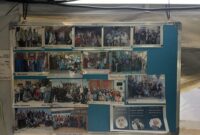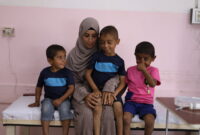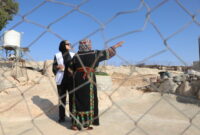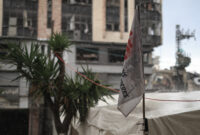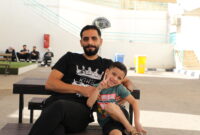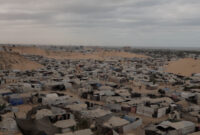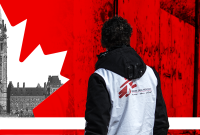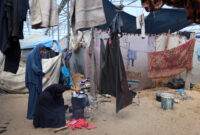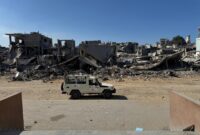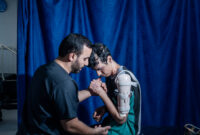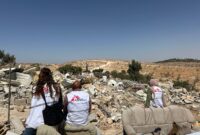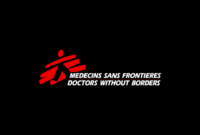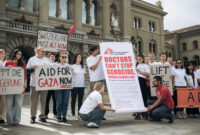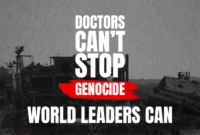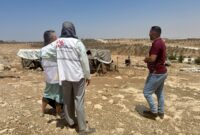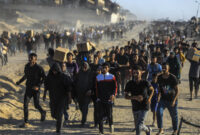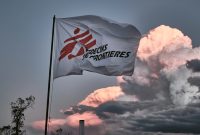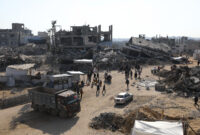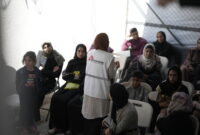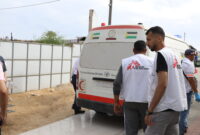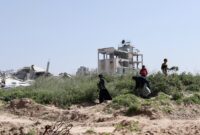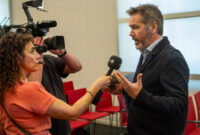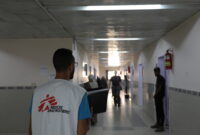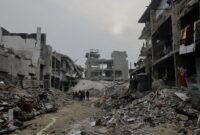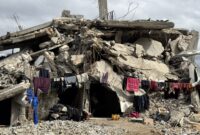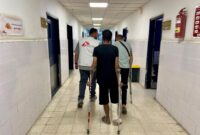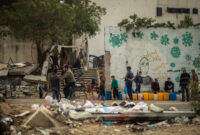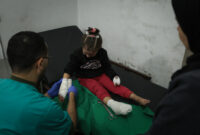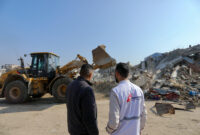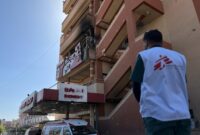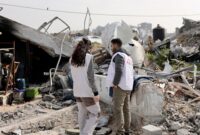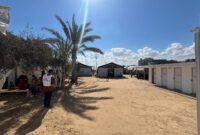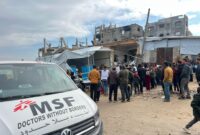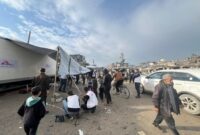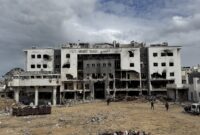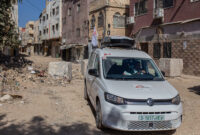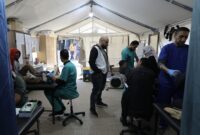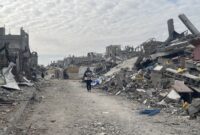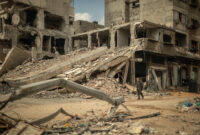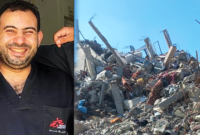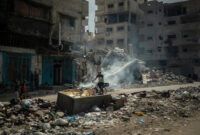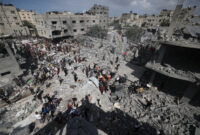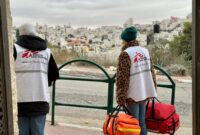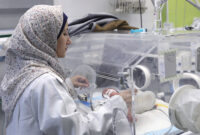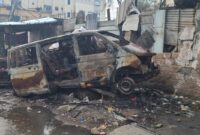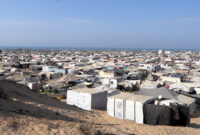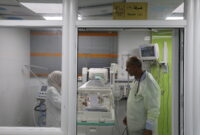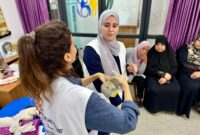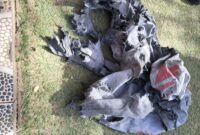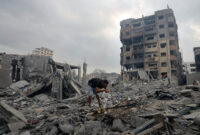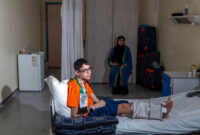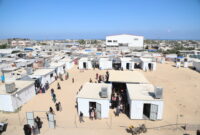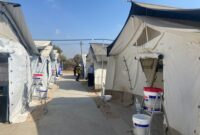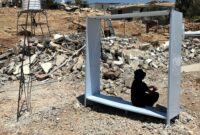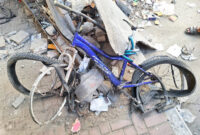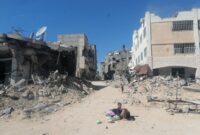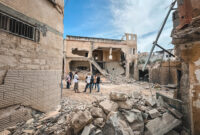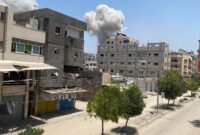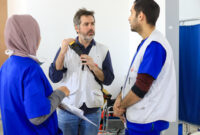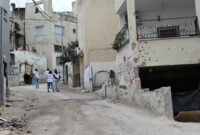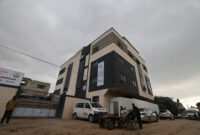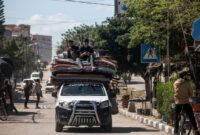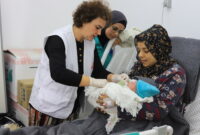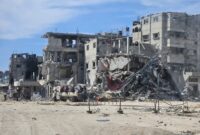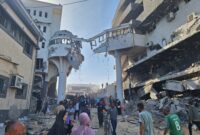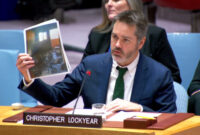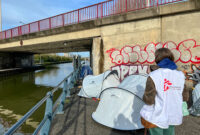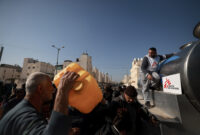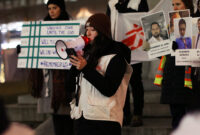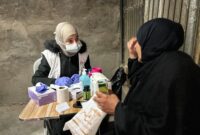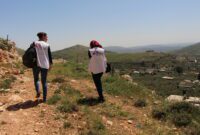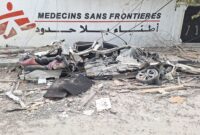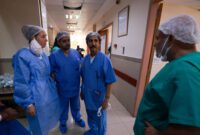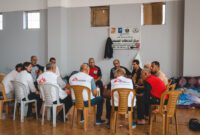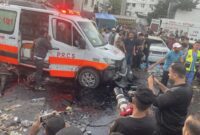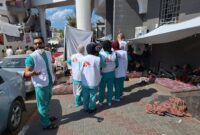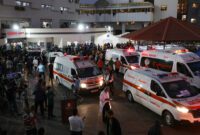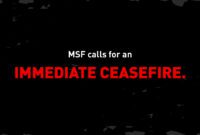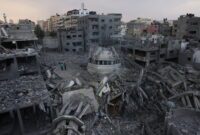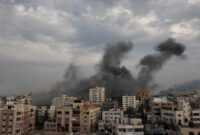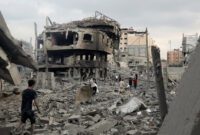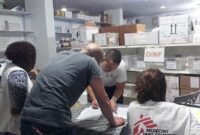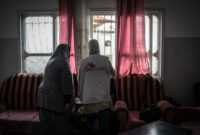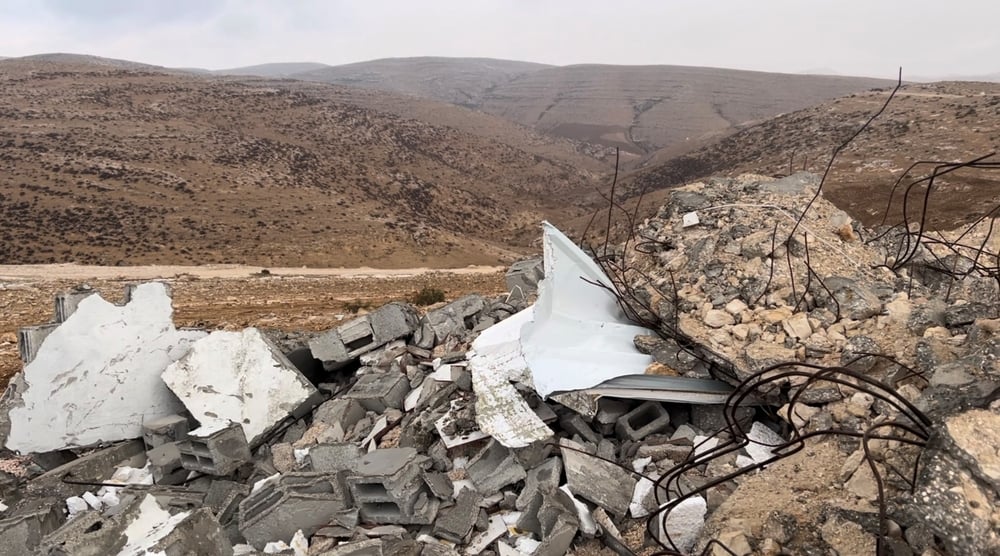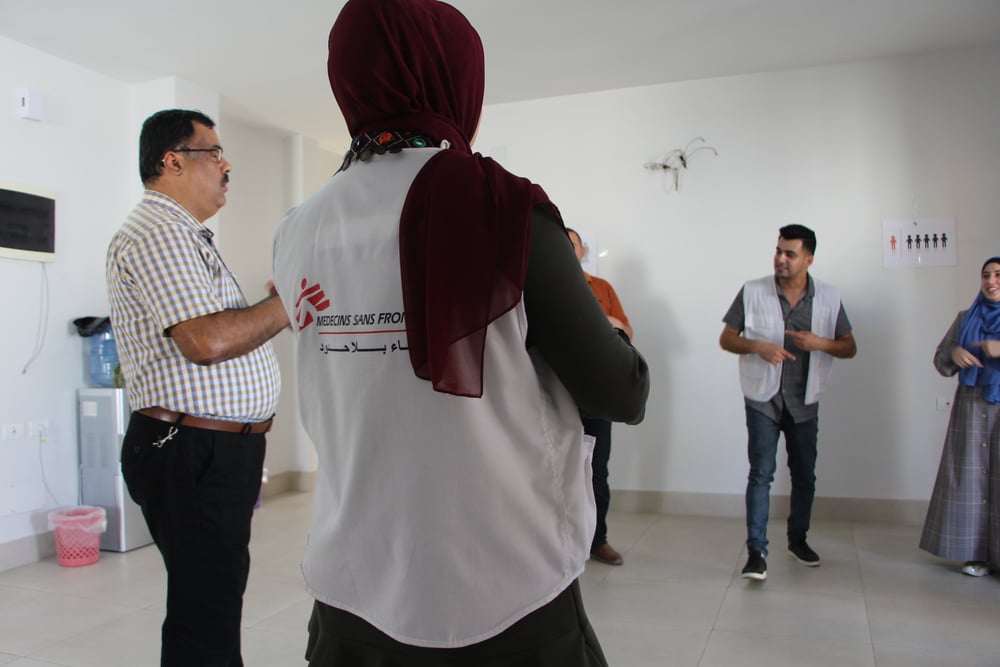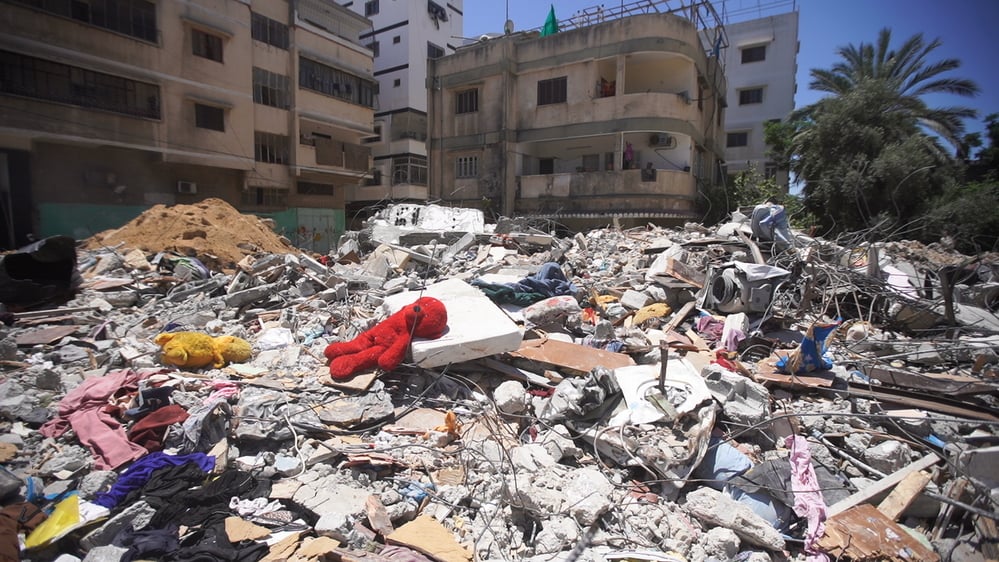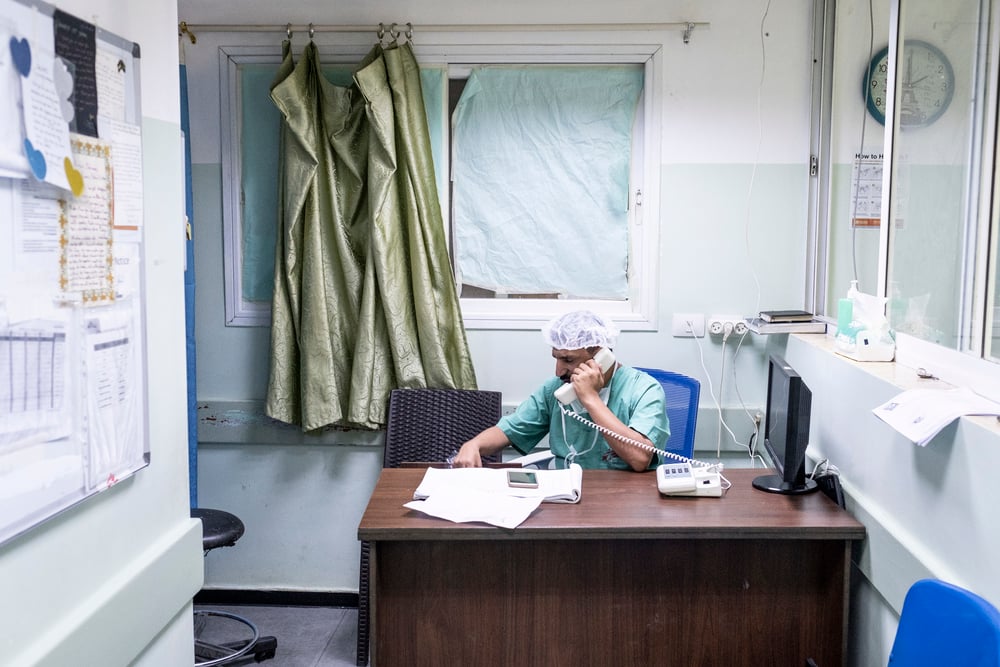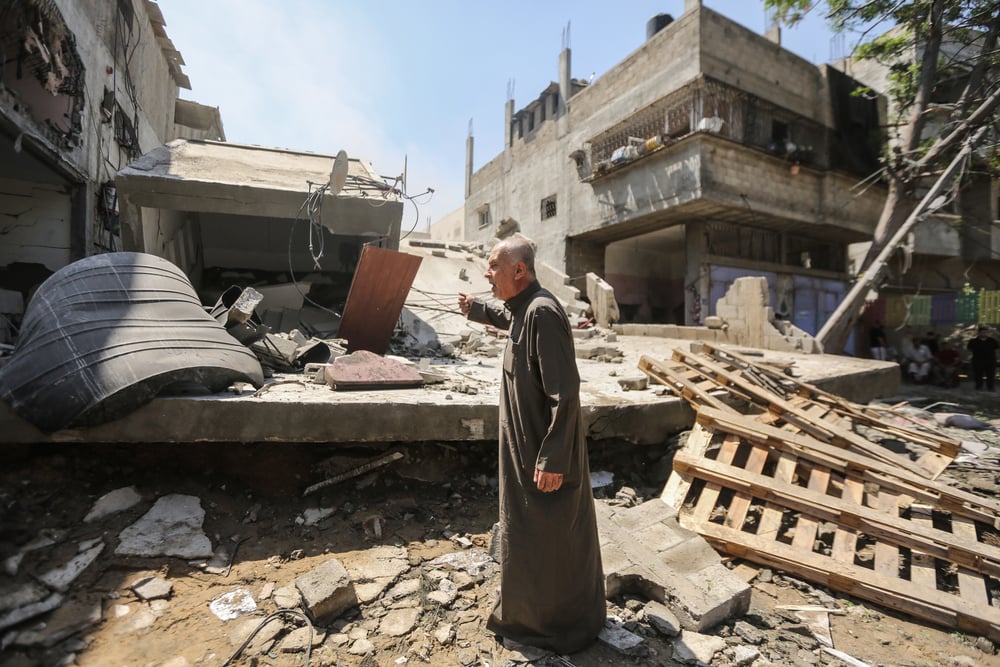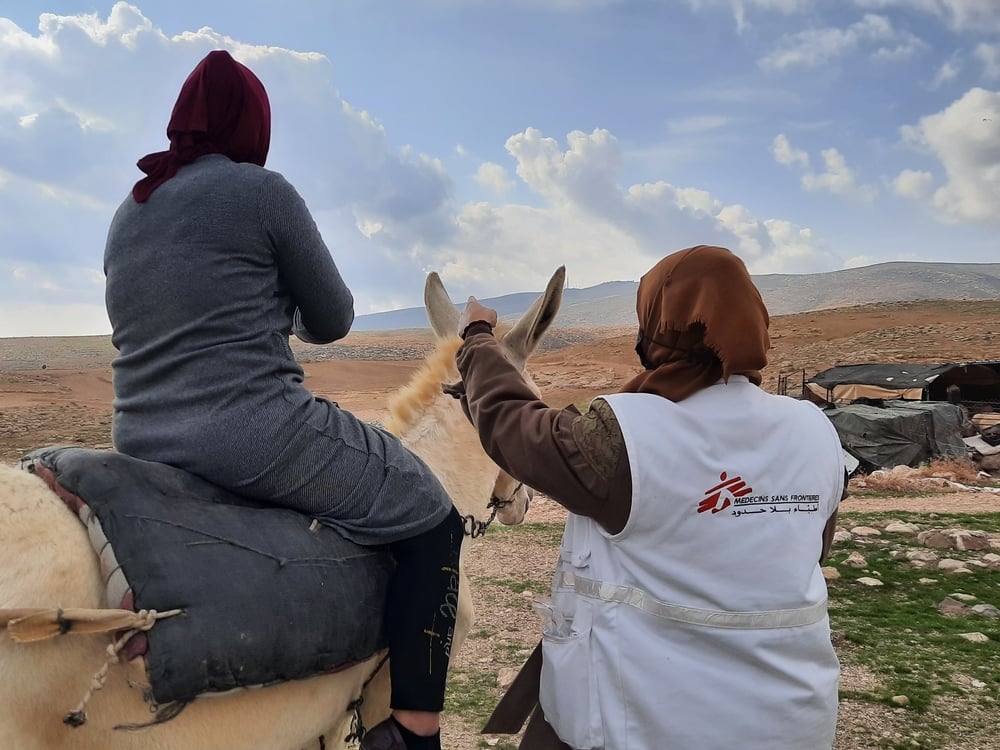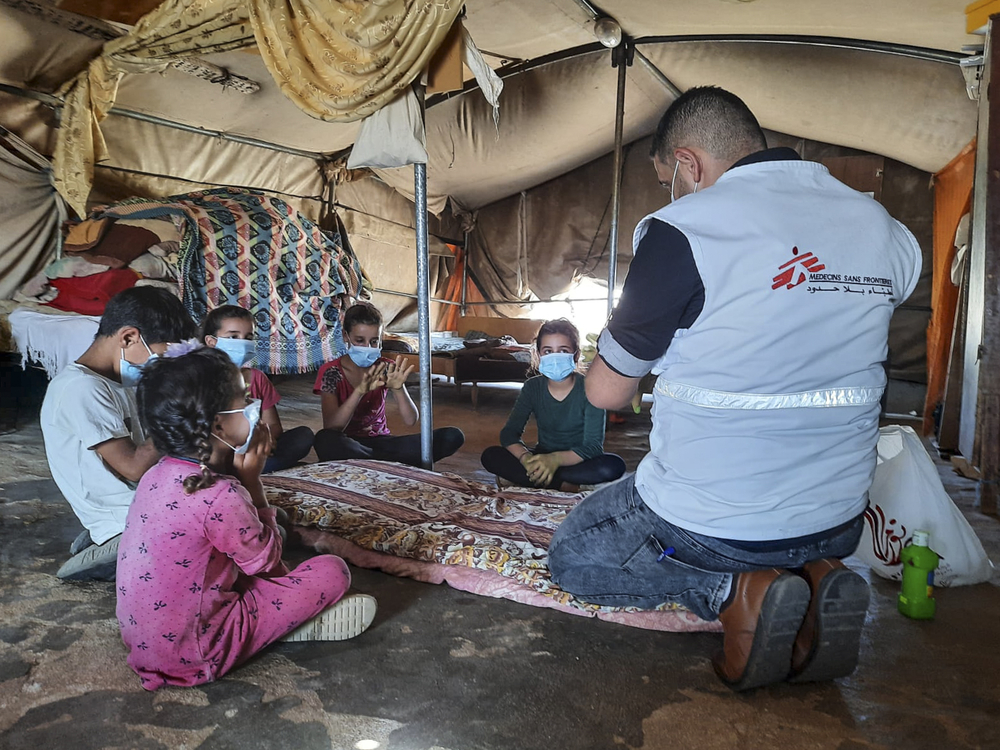Palestine: MSF’s vital humanitarian activities in Gaza at risk from Israeli registration rules
With Gaza’s health system destroyed, international organizations losing access to respond would be a disaster for Palestinians.
Israel’s new registration rules for international non-governmental organizations (INGOs) risk leaving hundreds of thousands of people in Gaza without lifesaving healthcare in 2026, warns Doctors Without Borders/Médecins Sans Frontières (MSF). The new requirements threaten to withdraw registration from INGOs beginning Jan. 1. This non-registration would prevent organizations, including MSF, from providing essential services to people in Gaza and the West Bank.
With Gaza’s health system already destroyed, independent and experienced humanitarian organizations losing access to respond would be a disaster for Palestinians. MSF calls on Israeli authorities to ensure INGOs can maintain and continue their impartial and independent response in Gaza. The already restricted humanitarian response cannot be further dismantled.
“In the last year, MSF teams have treated hundreds of thousands of patients and delivered hundreds of millions of litres of water,” says Pascale Coissard, MSF emergency coordinator for Gaza. “MSF teams are trying to expand activities and support Gaza’s shattered health system. In 2025 alone, we carried out almost 800,000 outpatient consultations and handled more than 100,000 trauma cases and if we obtain registration, we plan to continue strengthening our activities in 2026.”

MSF provides a vast amount of lifesaving healthcare, yet even this is not enough to meet the overwhelming needs of people in Gaza. In 2025 alone, with a budget of more than 161 million dollars, MSF teams:
- handled over 100,000 trauma cases,
- managed the care for over 400 beds,
- performed 22,700 surgical operations on nearly 10,000 patients,
- carried out almost 800,000 outpatient consultations,
- administered 45,000 vaccinations,
- assisted in more than 10,000 deliveries,
- provided more than 40,000 individual mental health sessions and group sessions for over 60,000 people,
- distributed more than 700 million litres of water and produced nearly 100 million litres of clean water.
For 2026, MSF has committed an estimated 160 to 190 million dollars for our humanitarian response in Gaza. Many of the services provided by MSF are largely unavailable elsewhere in Gaza due to the destruction of the health system.
If MSF loses access to Gaza in 2026, due to Israeli authorities, a large portion of people in Gaza will lose access to critical medical care, water and lifesaving support. MSF’s activities serve nearly half a million people in Gaza through our vital support to the destroyed health system.
MSF continues to seek constructive engagement with Israeli authorities to continue activities. In Gaza, MSF is currently supporting six public hospitals and runs two field hospitals. MSF also supports four general healthcare centres and runs an inpatient feeding centre for people with malnutrition. MSF has recently opened six new medical points providing wound care and other general healthcare services. MSF has been working in the Occupied Palestinian Territory since 1989.
Related news

Middle East and North Africa: Behind the armour, men’s mental health

Palestine: Ceasefire in Gaza, humanitarian aid must flow immediately
